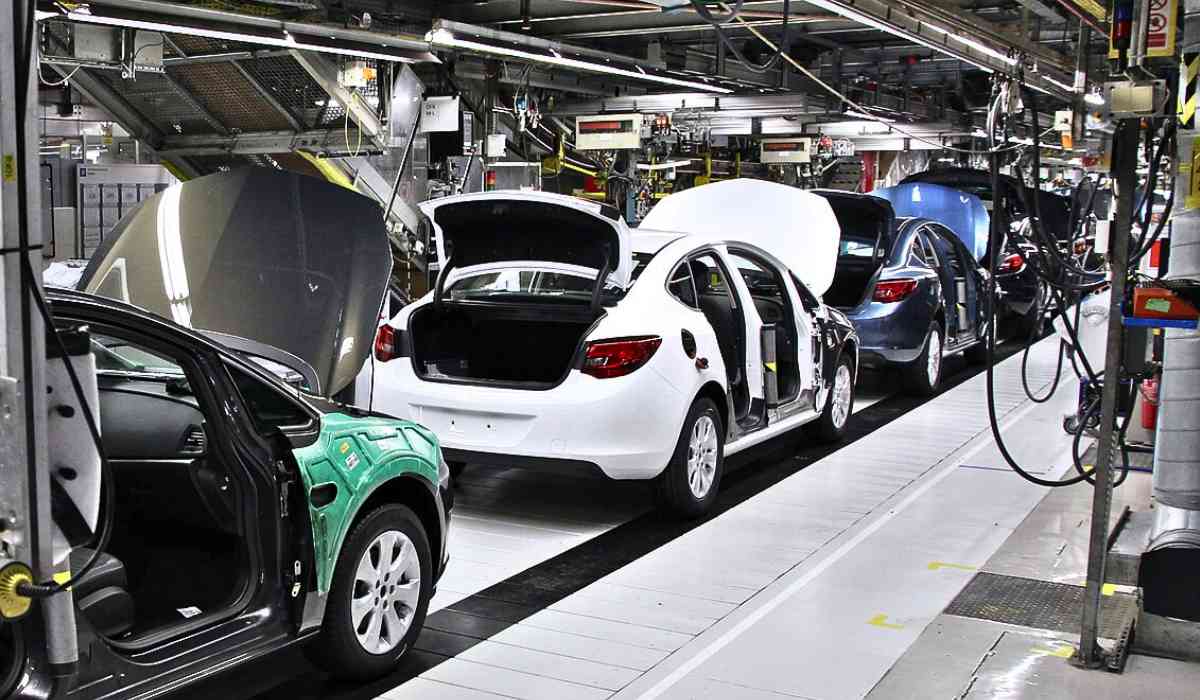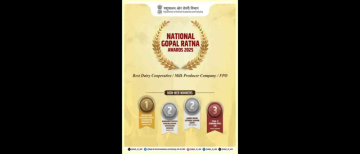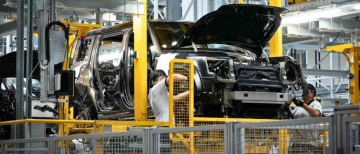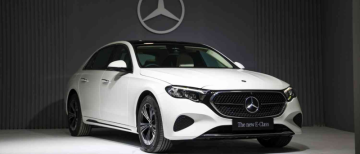India's automobile industry, one of the largest and fastest-growing in the world, has witnessed a notable shift in market dynamics during the fiscal year 2024-25 (FY25). While overall vehicle sales have grown modestly, the dominant players in both passenger vehicles (PVs) and two-wheelers have experienced a decline in their market shares amid intensifying competition from emerging rivals.
Market Share Decline Among Top Players

In the passenger vehicle segment, Maruti Suzuki and Hyundai, traditionally the top two manufacturers, have seen their market shares fall to 12-year lows. Maruti Suzuki’s share dropped to 40.9% in FY25, down from a peak of 51% in FY19 and FY20, marking its lowest since FY13. Hyundai’s share also declined to 14%, levels last seen in FY14, from a peak of 17% in earlier years. Meanwhile, Mahindra & Mahindra (M&M) and Toyota Kirloskar have emerged as the faster-growing players, gaining ground in the competitive landscape.
Similarly, in the two-wheeler market, Hero MotoCorp’s market share fell sharply to a record low of 28% in FY25, down from 45% in FY12. Competitors like TVS Motor and Honda Motorcycles have closed the gap, intensifying the battle for dominance in India’s largest two-wheeler market.
Industry Growth Amid Changing Consumer Preferences
Despite the share shifts, the Indian auto industry has not slowed down. Overall automobile retail sales increased by 6% in FY25, with rural markets outperforming urban regions. Passenger vehicle sales grew by about 2.6%, reaching a record 4.3 million units dispatched to dealers. SUVs have been the main growth drivers, accounting for roughly 55% of new car sales, reflecting a clear consumer preference shift away from small cars and sedans. This trend has led companies like Maruti Suzuki to discontinue certain sedan models, such as the Ciaz, to realign their product portfolios with market demand.
Exports also surged, with automobile exports rising 19% to over 5.3 million units, driven by strong demand for India-made global models in regions like Latin America and Africa.
Factors Behind Market Share Shifts

The decline in market shares of the leading automakers can be attributed to several factors:
-
Rising Competition: Smaller and newer players are aggressively expanding their product lines and improving quality, thereby attracting customers who previously preferred the market leaders.
-
Changing Consumer Preferences: Increased demand for SUVs and premium vehicles has benefited companies like M&M and Toyota, which have stronger offerings in these segments.
-
Economic and Market Conditions: A sluggish overall car market with only 2% growth in wholesale dispatches, coupled with shrinking discretionary incomes and subdued urban demand, has made it harder for dominant players to maintain their previous market shares.
Industry Evolution
The evolving competitive landscape in India’s auto industry reflects a natural market progression where innovation, product diversification, and consumer choice drive shifts in leadership. While market share losses may seem concerning for established giants like Maruti Suzuki and Hero MotoCorp, these changes signal healthy competition that can lead to better products and services for consumers.
Moreover, the industry's overall growth, especially in rural areas and exports, indicates robust demand and opportunities for all players. The rise of SUVs and premium vehicles also suggests that Indian consumers are becoming more aspirational and selective, pushing manufacturers to innovate and adapt.

Looking Ahead
Industry experts predict modest growth of 1-2% in FY26, influenced by the high base effect of previous years and continued market shifts. Automakers will likely focus on realigning their product portfolios, enhancing customer experiences, and expanding into emerging segments to regain or grow their market shares.
In conclusion, FY25 has been a year of transformation for India’s auto sector, marked by intensified competition and changing consumer preferences. While leading automakers face challenges in maintaining their dominance, the overall industry remains on a growth trajectory, benefiting from a dynamic and evolving market environment.
This analysis highlights the ongoing changes in India’s automotive market, emphasizing that competition and consumer choice are reshaping the industry landscape without favoring any single player. The future will depend on how well companies respond to these shifts to meet the evolving needs of Indian consumers.
With inputs from agencies
Image Source: Multiple agencies
© Copyright 2025. All Rights Reserved Powered by Vygr Media.

























